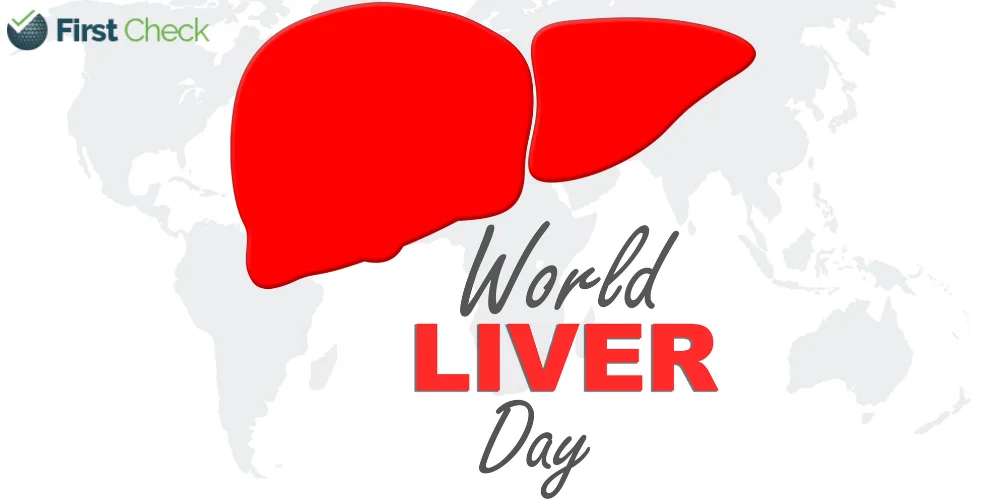Latest

Author
The second leading infectious cause of death globally, every day, nearly 3500 people are dying due to hepatitis B and C infections.
The World Health Organization (WHO) 2024 Global Hepatitis Report, released earlier this month, highlights that the disease is the second leading infectious cause of death globally, with 1.3 million deaths per year. Every day, there are 3500 people dying globally due to hepatitis B and C infections.
On World Liver Day, April 19, let’s decode hepatitis, the inflammation of the liver.
Hepatitis facts
The Hepatitis virus has five main strains, referred to as types A, B, C, D, and E. All the strains carry the potential to infect the liver. However, it is the B and C strains that are the most common reason for liver conditions, such as liver cirrhosis, liver cancer and viral hepatitis-related deaths. Hepatitis could also be of non-viral origins, such as autoimmune hepatitis and alcoholic hepatitis.
Hepatitis B and C infection are caused by their respective viruses via blood contact with an infected individual, while hepatitis E virus invades the body via consumption of raw or undercooked meat. Hepatitis A and D viruses, on the other hand, invade the body via food and drinks contaminated by faecal matter. Incidentally, hepatitis D only affects those already infected by hepatitis B.
Alcoholic hepatitis is caused by consumption of excessive alcohol over a prolonged time frame, while the cause of autoimmune hepatitis, like many other autoimmune conditions, is difficult to single out.
Symptoms and treatments
Liver is among the vital organs and is at the centre of all metabolic processes right from the break-down of old cells to macronutrient breakdown and, innumerable other metabolic processes. Inflammation of the liver results in countless other processes being compromised and to the ensuing malfunctioning of bodily functions.
Typical symptoms of hepatitis include muscle or joint ache, fever, stomachache, loss of appetite, fatigue, dark urine, yellowing of the eyes or skin due to jaundice, and the collection of fluid bilirubin formed during breakdown of red blood cells. Long-term hepatitis may also result in swelling of the legs and ankles, and occurrence of blood in stools.
In case of hepatitis A, D and E, no specific treatment is available. For hepatitis B and C, direct-acting antiviral medicines can provide relief. Currently, vaccines are available only for A and B variants of hepatitis.
Read More: Fact-check: The link between paracetamol and liver toxicity









